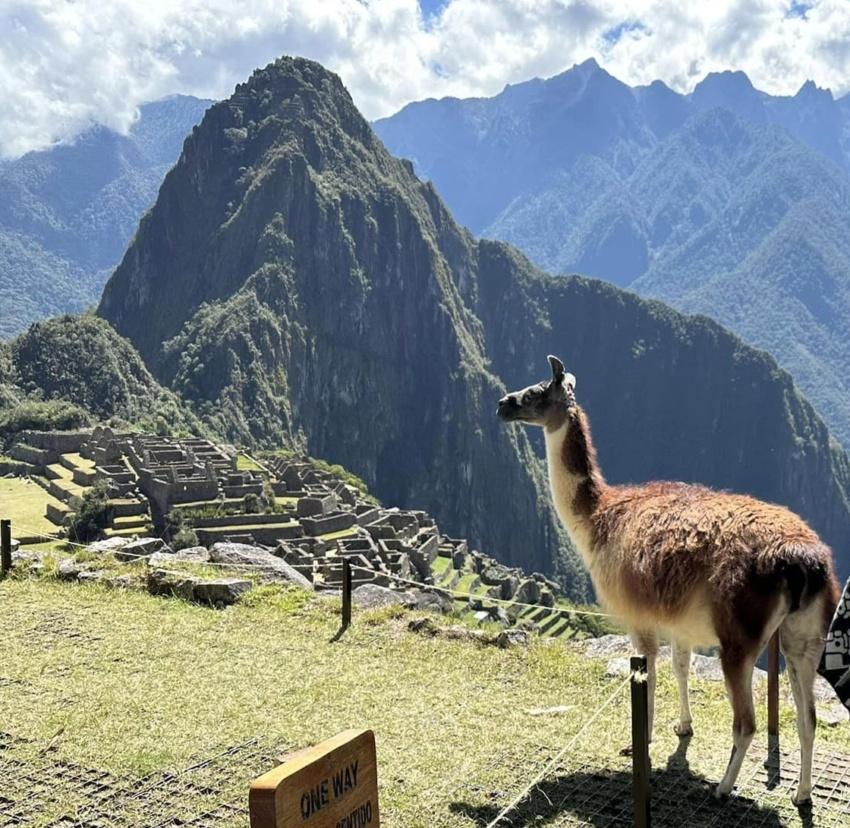

Dealing with altitude sickness is crucial for anyone venturing to high-altitude destinations. Imagine the thrill of conquering a majestic mountain peak, only to be hampered by a debilitating headache and shortness of breath. Altitude sickness, a common ailment for those venturing to high-altitude regions, can significantly impact a trip. This comprehensive guide will delve into the causes, symptoms, prevention, and treatment of altitude sickness. We’ll discuss crucial acclimatization techniques and effective remedies to ensure a smooth and enjoyable journey. We’ll explore the common myths and dispel misconceptions surrounding altitude sickness.
Understanding Altitude Sickness
The Mechanics of Altitude Sickness
Altitude sickness, often referred to as acute mountain sickness (AMS), occurs when the body struggles to adjust to the lower atmospheric pressure at higher altitudes. This lower pressure significantly impacts the amount of oxygen available to the body, leading to a cascade of physiological responses. The reduction in oxygen can affect various bodily functions, potentially resulting in a spectrum of symptoms ranging from mild discomfort to severe complications like high-altitude pulmonary edema (HAPE) or high-altitude cerebral edema (HACE).
Symptoms of Altitude Sickness
Recognizing the Signs
Understanding the symptoms of altitude sickness is crucial for timely intervention. Common symptoms include headache, nausea, vomiting, fatigue, shortness of breath, dizziness, and sleep disturbances. These symptoms can gradually intensify as the altitude increases, and are often accompanied by a general feeling of malaise. Identifying these symptoms early is crucial for effective management and preventing potentially serious complications. If you experience persistent or worsening symptoms, it’s essential to descend to a lower altitude immediately.
Prevention Strategies
Gradual Ascent and Acclimatization
A crucial aspect of preventing altitude sickness is acclimatization. This involves a gradual ascent, allowing the body to adapt to the reduced atmospheric pressure and oxygen levels. Instead of rapidly climbing to a high altitude, gradually ascend over several days, ensuring a sufficient time for the body to adjust. This allows the body to produce more red blood cells, promoting the efficient transportation of oxygen throughout the body.
Hydration and Diet
Maintaining adequate hydration is vital at high altitudes. Drinking plenty of water is crucial to compensate for increased fluid loss due to the dry air. A healthy diet rich in fruits, vegetables, and carbohydrates provides the necessary energy for acclimatization and strenuous activity at high elevations.
Medication
Consult with your doctor about potential medications that can help mitigate the effects of altitude sickness. Some over-the-counter medications may help with symptoms. However, it’s crucial to understand that medications are supplementary measures and do not substitute proper acclimatization techniques.
Treatment Options
Immediate Descent
The most effective treatment for altitude sickness is immediate descent to a lower altitude. Descent allows the body to re-adjust to normal atmospheric pressure, allowing the body to receive the necessary amount of oxygen. Rapid descent is often recommended to minimize the symptoms and mitigate the chances of complications such as high-altitude pulmonary edema or cerebral edema.
Dealing with Severe Cases
Recognizing Serious Complications
In severe cases of altitude sickness, such as high-altitude pulmonary edema (HAPE) or high-altitude cerebral edema (HACE), immediate medical attention is critical. These conditions require prompt descent and appropriate medical treatment to prevent potentially fatal consequences. HAPE involves fluid buildup in the lungs, causing difficulty breathing, while HACE affects the brain, leading to symptoms like severe headache, confusion, and seizures. Immediate action is essential.
Myths about Altitude Sickness
Dispelling Misconceptions
Several myths surround altitude sickness, contributing to misunderstanding and potentially delaying treatment. For instance, some believe that acclimatization is unnecessary or that certain individuals are immune to altitude sickness. This is false. Acclimatization is a crucial process, and everyone is susceptible to altitude sickness if exposed to high altitudes without proper preparation. Dispelling these myths ensures better preparedness and appropriate action.
Tips for a Safe High-Altitude Trip
Pre-Trip Preparation
Thorough preparation before a high-altitude trek is paramount. Research the specific altitude of your destination and the potential risks associated with that particular altitude. Consulting a doctor about altitude sickness preparedness before embarking on your trip can be beneficial. Obtaining the necessary vaccinations and gear in advance will ensure a safe and more comfortable journey. Pack necessary first aid supplies, including over-the-counter pain relievers and altitude sickness medication. Plan your ascent gradually, allowing for adequate rest and acclimatization periods. Inform others about your itinerary and any potential concerns.
The Role of Guides
Experienced Mountaineers and Support
In certain cases, hiring experienced mountaineering guides is highly recommended, especially for treks at high altitudes. Guides possess valuable knowledge about the terrain and can provide crucial assistance in case of any unexpected circumstances. Their understanding of altitude sickness and its associated risks ensures that trekkers are well-prepared and can respond effectively. They can offer advice and support throughout the trip.
Importance of Rest
Resting at Various Altitudes
Rest is vital for acclimatization at high altitudes. Rest allows the body to recover and adjust to the changing environment. Adequate rest is crucial for restoring physical and mental energy before embarking on further ascents. A well-rested body is better equipped to handle the challenges posed by high-altitude trekking. This is essential for avoiding fatigue and potential complications. Plan for sufficient rest breaks throughout your ascent to allow your body to adjust. Rest periods are also helpful in managing potential symptoms like headaches and nausea that may arise from the change in altitude. Remember to listen to your body and prioritize rest whenever needed to maintain well-being.
Frequently Asked Questions
What are the most common symptoms of altitude sickness?
Common symptoms of altitude sickness include headache, nausea, vomiting, shortness of breath, fatigue, dizziness, and sleep disturbances. These symptoms can vary in severity depending on the individual and the altitude gain. In severe cases, altitude sickness can lead to high-altitude pulmonary edema (HAPE) and high-altitude cerebral edema (HACE). It is crucial to recognize the symptoms early and descend to a lower altitude to alleviate them.
How can I prevent altitude sickness?
Several preventive measures can significantly reduce the risk of altitude sickness. Acclimatization is key. This involves slowly ascending to higher altitudes, allowing your body to adjust gradually. Drink plenty of water, avoid alcohol and excessive caffeine, and maintain a healthy diet rich in fruits and vegetables. Taking an altitude sickness medication prescribed by a doctor can also reduce the risk.
What should I do if I experience altitude sickness symptoms?
If you experience any symptoms of altitude sickness, immediately descend to a lower altitude. Rest in a well-ventilated area at a lower altitude. Drink plenty of fluids, and take any prescribed medications. If symptoms worsen, or if you have any concerns, seek medical attention immediately. Contact emergency services or a local medical professional for proper guidance and care.
In conclusion, dealing with altitude sickness at high-altitude destinations requires careful planning, prevention, and swift action if symptoms arise. By understanding the causes, symptoms, and available remedies, trekkers and adventurers can significantly reduce the risk and enjoy their journey without discomfort. Remember to consult with your doctor before embarking on any high-altitude expedition. For a more comprehensive experience, consider booking a guided tour with experienced mountaineers who can provide expert advice and support throughout your adventure. Learn more about altitude sickness prevention strategies by visiting our website!